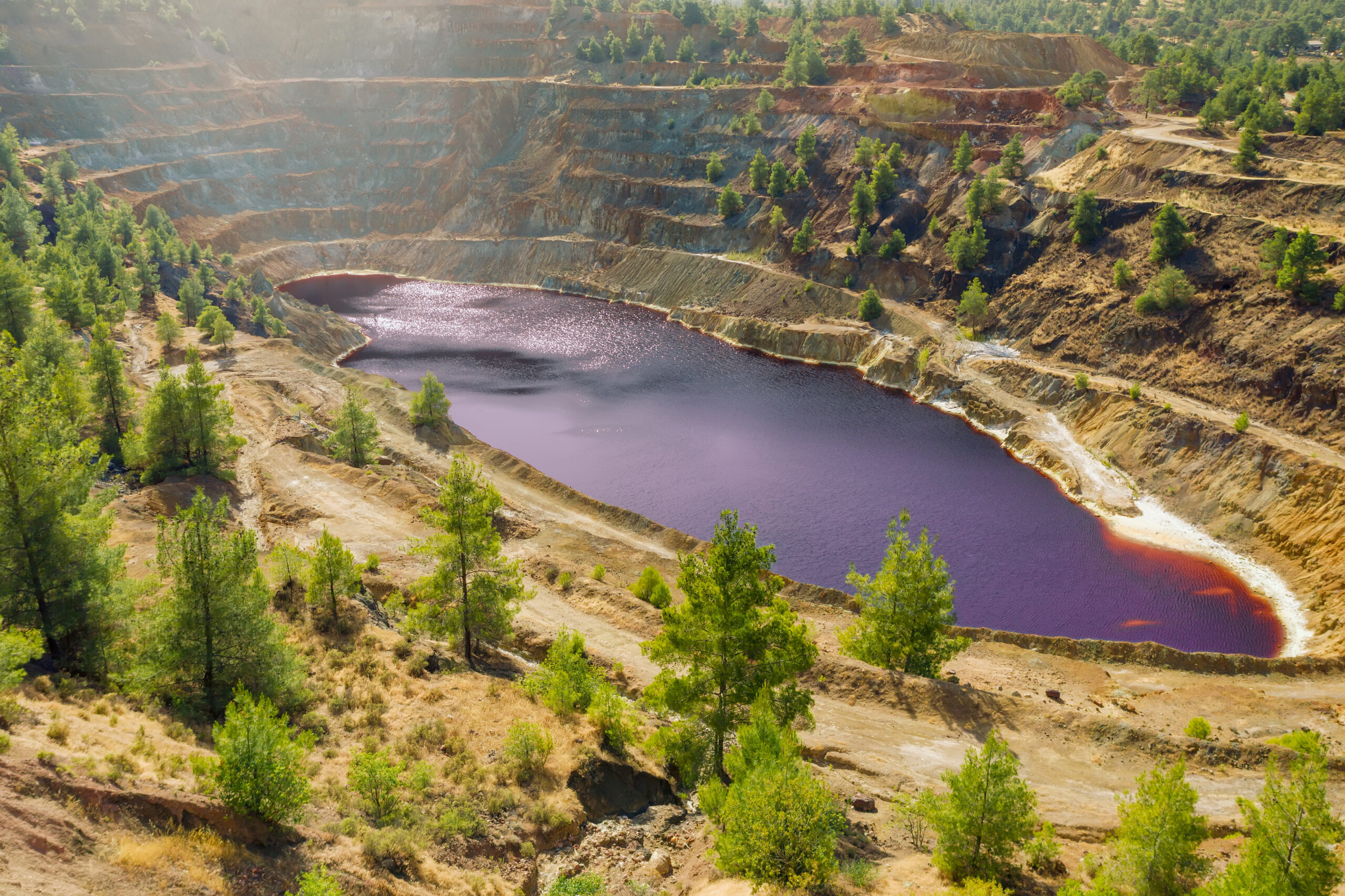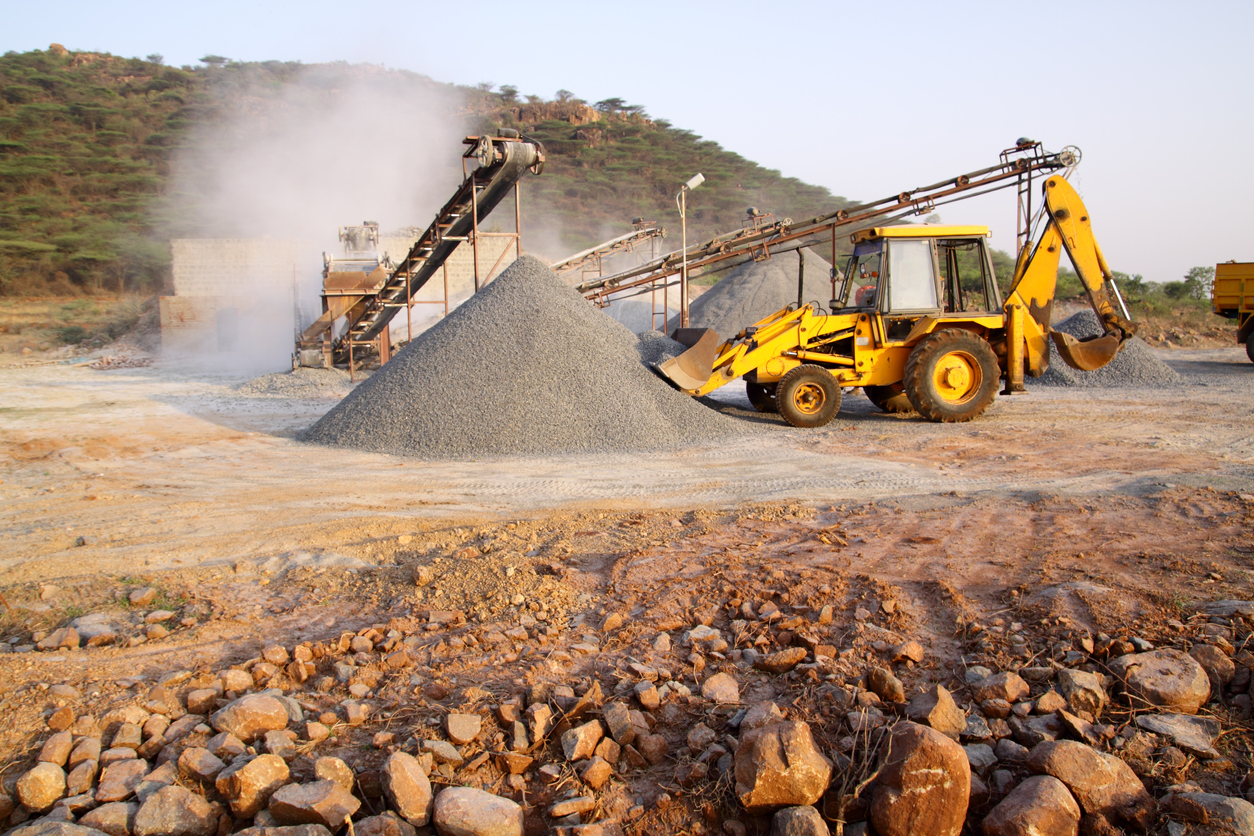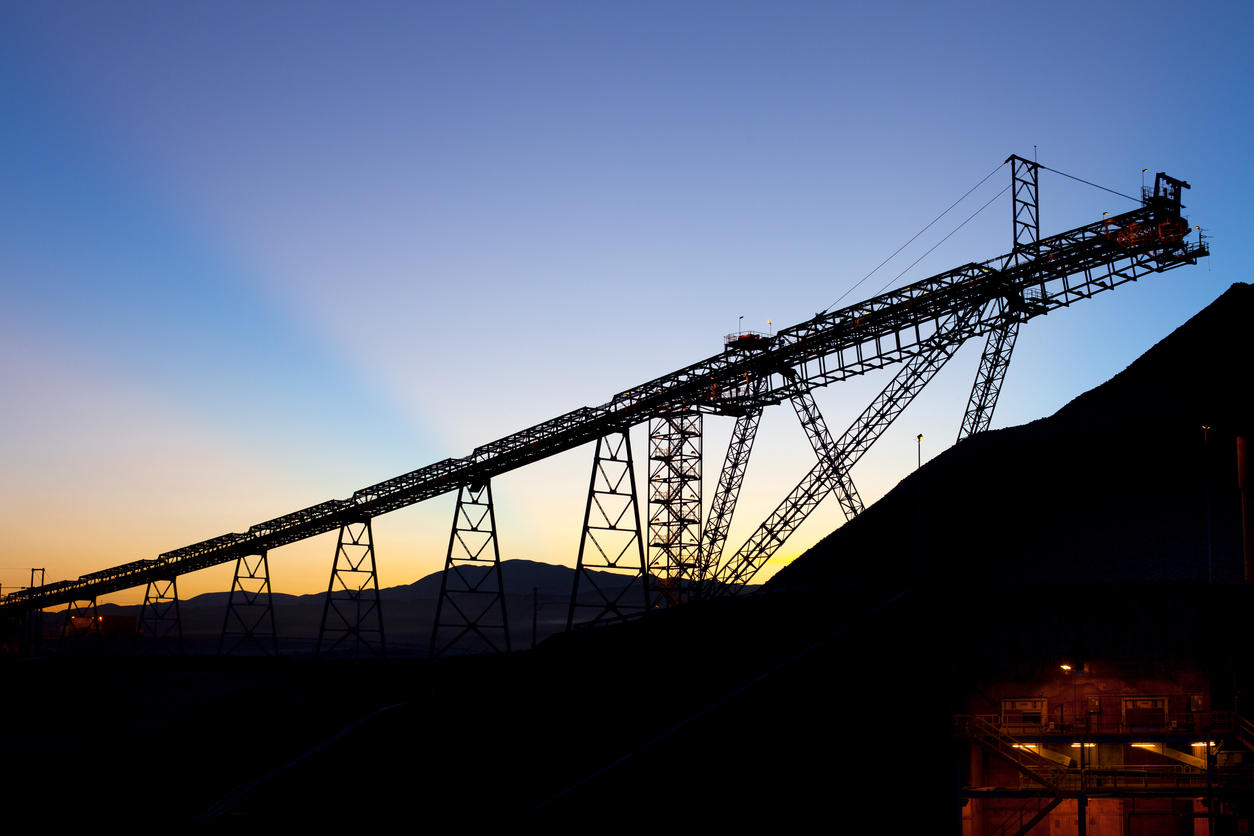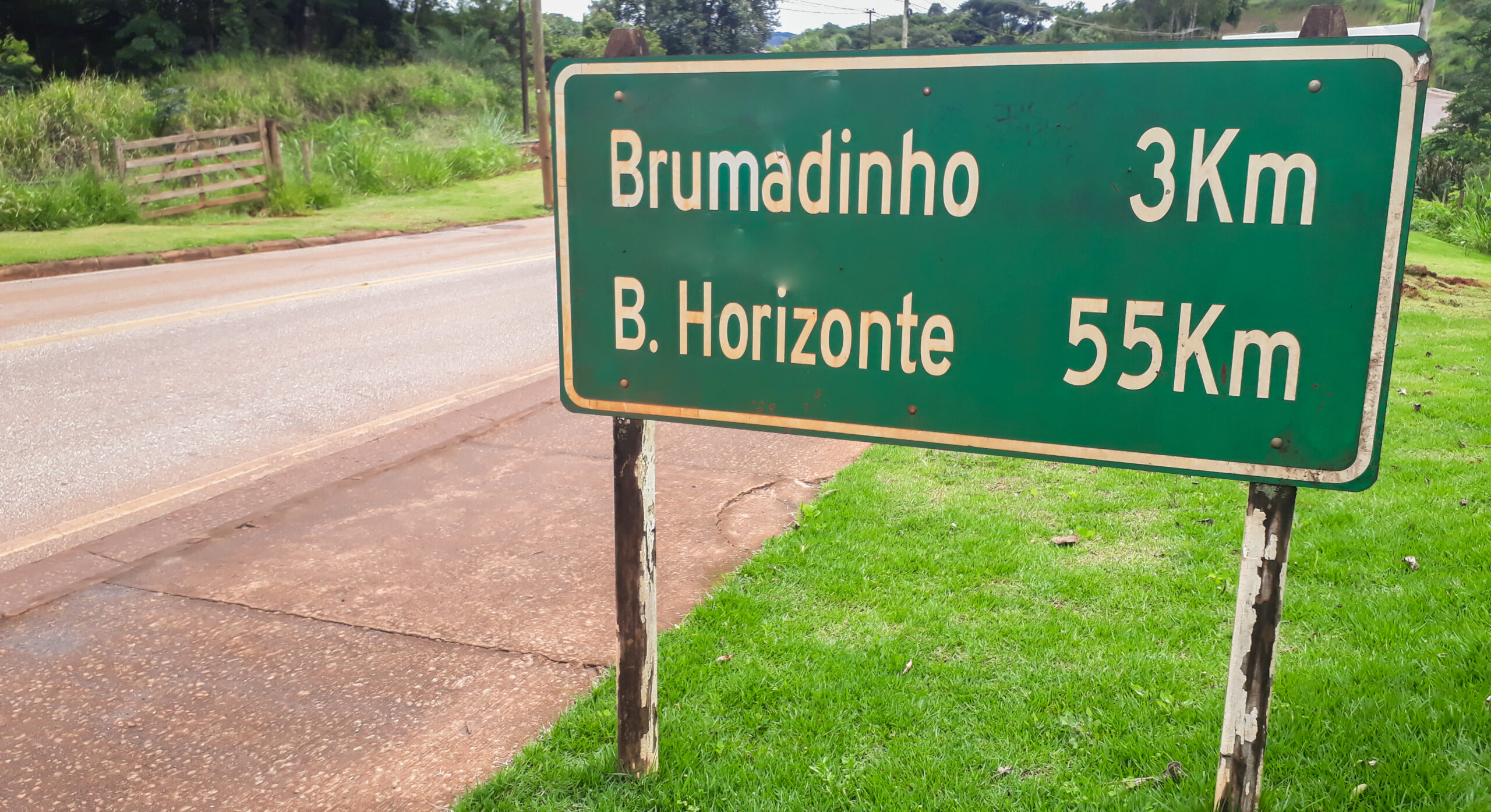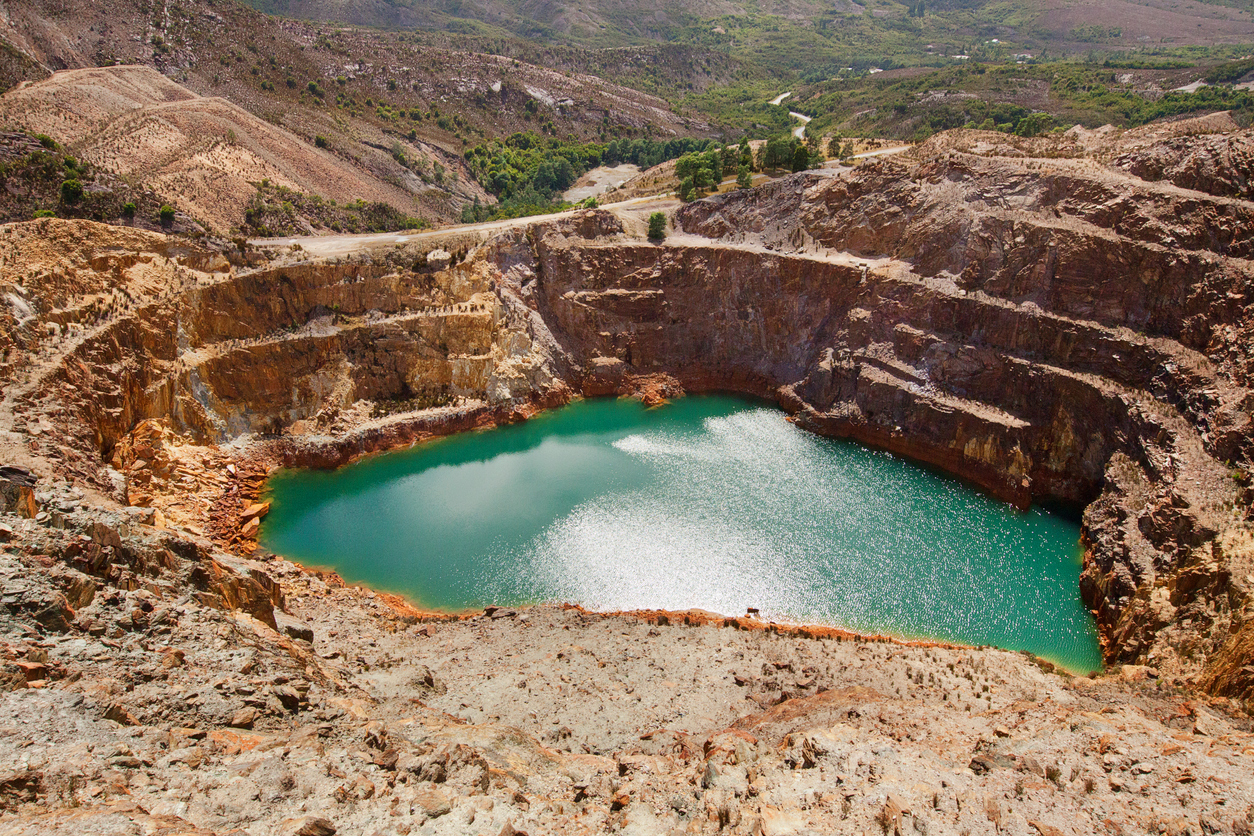The Issue
Throughout its lifetime, mining operations have the potential to significantly impact the surrounding environment and communities. The effects—whether direct, indirect, or cumulative—often make project developments sensitive issues for regulators, local communities, investors, and employees.
Each mining operation represents a temporary land use, expected to cease operations when resources are depleted or production costs outweigh benefits. Consequently, closure presents opportunities to rehabilitate mining-affected land for sustainable post-mining land uses.
Why we Rehabilitate
While mine rehabilitation is a mandatory requirement for all mining projects in Australia, it also serves as a critical demonstration of the industry’s commitment to sustainable development. Effective rehabilitation planning not only reduces costs but also provides early insights into achieving realistic site closure goals. State governments increasingly emphasise the legal connection between rehabilitation and closure by requiring life-of-mine plans or mining operations plans.
Failure to comply with regulatory obligations can lead to heightened scrutiny, stricter business regulations, increased compliance costs, and potential litigation. It may also jeopardise a company’s social license to operate and future access to resources. Planning and execution of rehabilitation during mining operations are crucial. They allow for the acquiring of necessary skills and knowledge to achieve sustainable outcomes that meet success criteria.
Objectives
The objectives of mine site rehabilitation typically include ensuring the long-term stability and sustainability of landforms, soils, and hydrology, as well as restoring ecosystem capacity to support biota and provide environmental services. Additionally, it aims to prevent pollution of the surrounding environment.
According to the Australian Government’s Department of Industry, Innovation, and Science, mine rehabilitation objectives may involve restoring the area to replicate pre-mining conditions, improving post-mining conditions, or adapting the landform for new uses.
The success of mine site rehabilitation hinges on factors such as the extent of mining-related damage and environmental conditions. Many Australian mine sites are located in challenging environments with limited natural resources like nutrient-rich soil and regular rainfall, making successful rehabilitation efforts particularly complex.
Enter K2fly
Integrating mine rehabilitation into a mining company’s sustainable development strategy is essential. Inadequately rehabilitated mines leave significant legacy issues for governments, communities, and businesses to address. Effective rehabilitation ensures that mining companies leave the land in a better state than they found it.
K2fly Land Rehabilitation utilises remote sensing techniques, precise compliance tracking, stakeholder management, and centralised access to quantitative data in a unified platform. This approach helps meet closure criteria, monitor progressive rehabilitation, and minimise impacts on communities and landscapes where mines operate. By visualising rehabilitation efforts and tracking stakeholder commitments, K2fly enables trust-building, cost reduction, and the maintenance of social license to operate.
